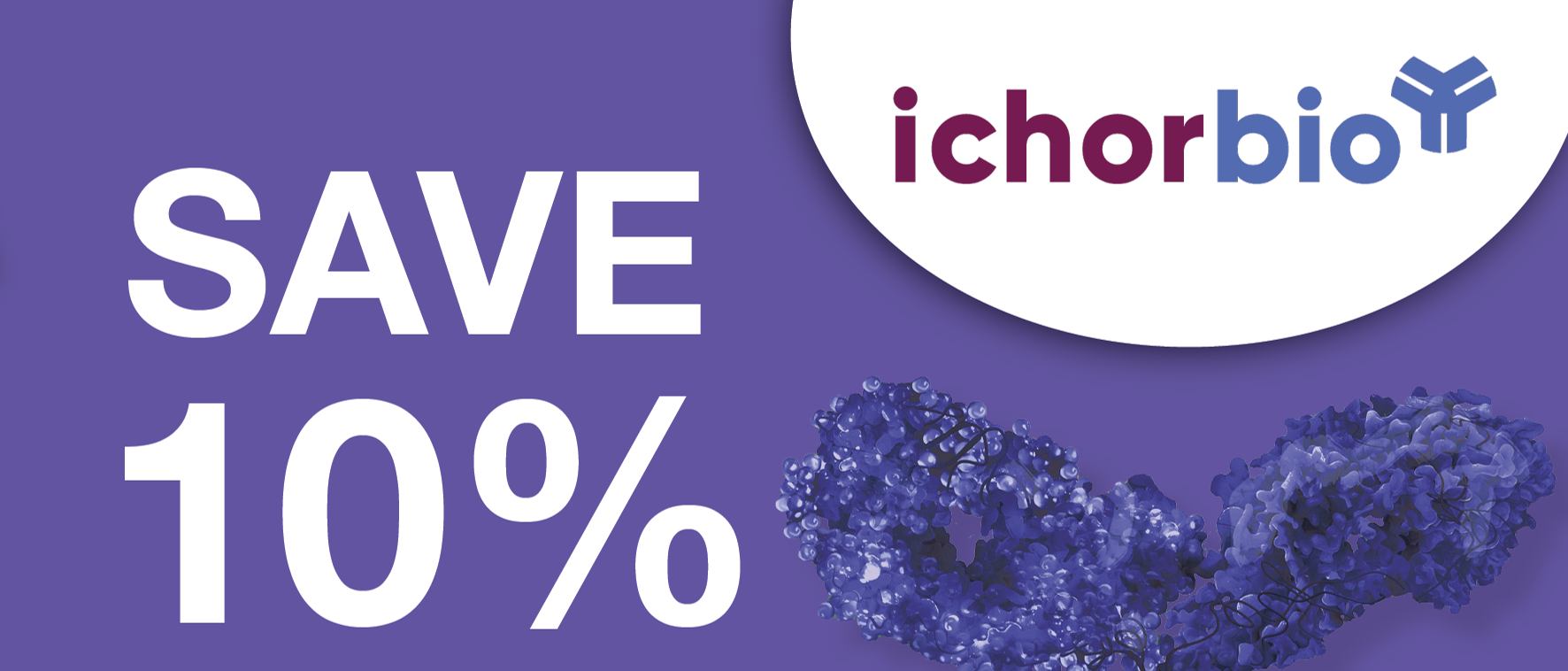
NIH-3T3 Cells-Mouse cell lines
Product Sizes
1 each
400101-1EACH
About this Product
- SKU:
- 400101
- Additional Names:
- NIH/3T3, NIH 3T3, NIH3T3, 3T3, 3T3NIH, 3T3-Swiss, Swiss-3T3, Swiss/3T3, Swiss 3T3, Swiss3T3
- Application:
- Transfection
- CE/IVD:
- Our cells are provided for in vitro laboratory research purposes exclusively and are not intended fo
- Extra Details:
- NIH-3T3 cells are a fibroblast cell line derived from the tissue of a NIH Swiss mouse embryo. These cells are known for their spindle-shaped morphology and are widely utilized in scientific research due to their ability to grow rapidly and to a high cell density. NIH-3T3 cells are particularly noted for their utility in genetic studies, including DNA transfection experiments, where they are used to introduce foreign DNA into their genomes. This has made them a valuable tool for studying gene function and regulation. Additionally, NIH-3T3 cells are employed in oncogenic research, specifically in assays for the identification and characterization of cancer-causing genes. They have a remarkable capacity to support the propagation of various types of viruses, including sarcoma and leukemia viruses, making them integral to virology studies. One of the key features of the NIH-3T3 cell line is its spontaneous immortalization. This characteristic, combined with their genetic stability over continuous passaging, makes NIH-3T3 cells an exemplary model system for exploring cellular processes, signaling pathways, and the effects of various pharmacological treatments in mammalian cells. Characterized by a heterogeneous cell population, NIH 3T3 mouse cells underscore the intrinsic cellular heterogeneity within fibroblast subtypes, which is critical for deciphering the complex interplay between cellular composition and tissue architecture. These cells exhibit a spindle-like morphology on a chitosan surface, transitioning to an elongated form on OCMCS (oxidized cellulose) surfaces. The NIH3T3 cell line ontology encompasses various subclones, including 3T3-L1, a model for adipogenesis, and 3T3-J2, employed as a feeder layer in keratinocyte cultures, illustrating the cellular line's broad applicability across different proliferation rates and research disciplines. NIH-3T3 cells are pivotal in research for their rapid growth, spindle-shaped morphology, and versatility in genetic and oncogenic studies. Their spontaneous immortalization and genetic stability enhance their utility in exploring cellular dynamics and pharmacological effects. The diversity within this cell line, including its response to various substrates and the existence of specialized subclones like 3T3-L1 and 3T3-J2, underscores its broad applicability and critical role in advancing our understanding of cellular behavior and disease mechanisms.
- Shipping Conditions:
- Dry Ice
- Storage Conditions:
- Please refer to datasheet
- Supplier:
- Cytion
- Type:
- Cells: Cell Lines
- Manufacturer's Data Sheet:ee105a1a97a54b07bf421e690d453e37
